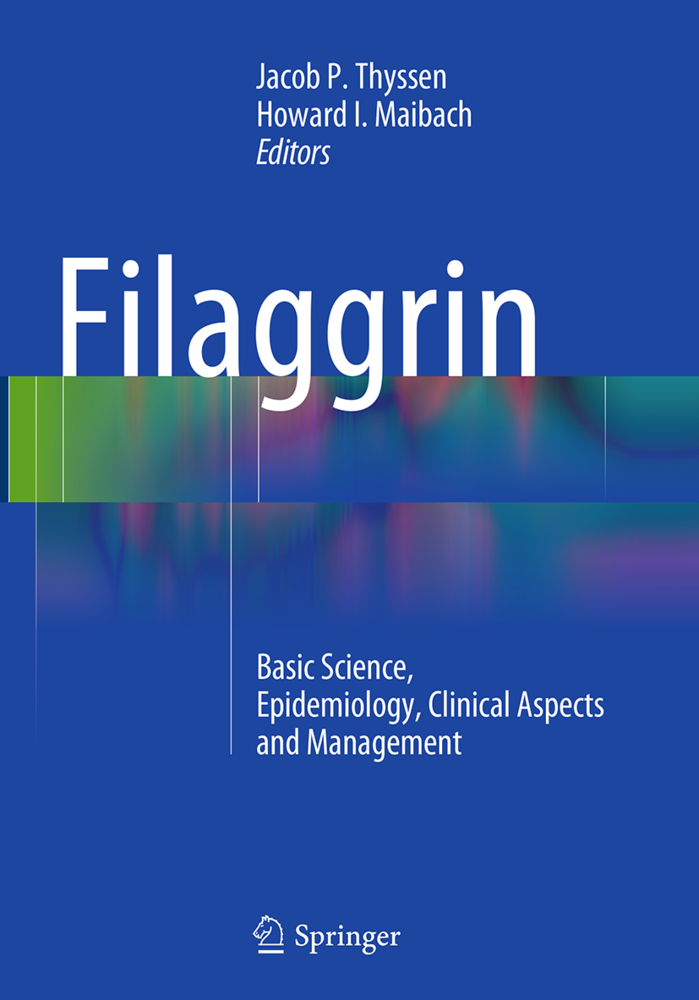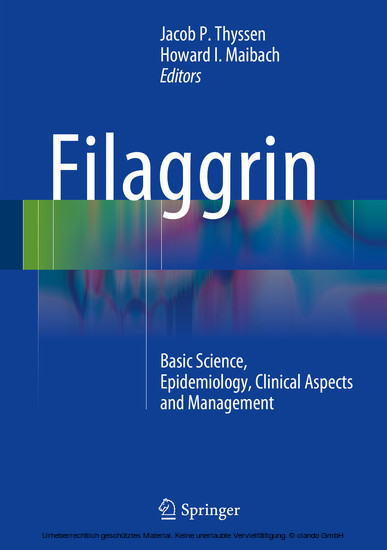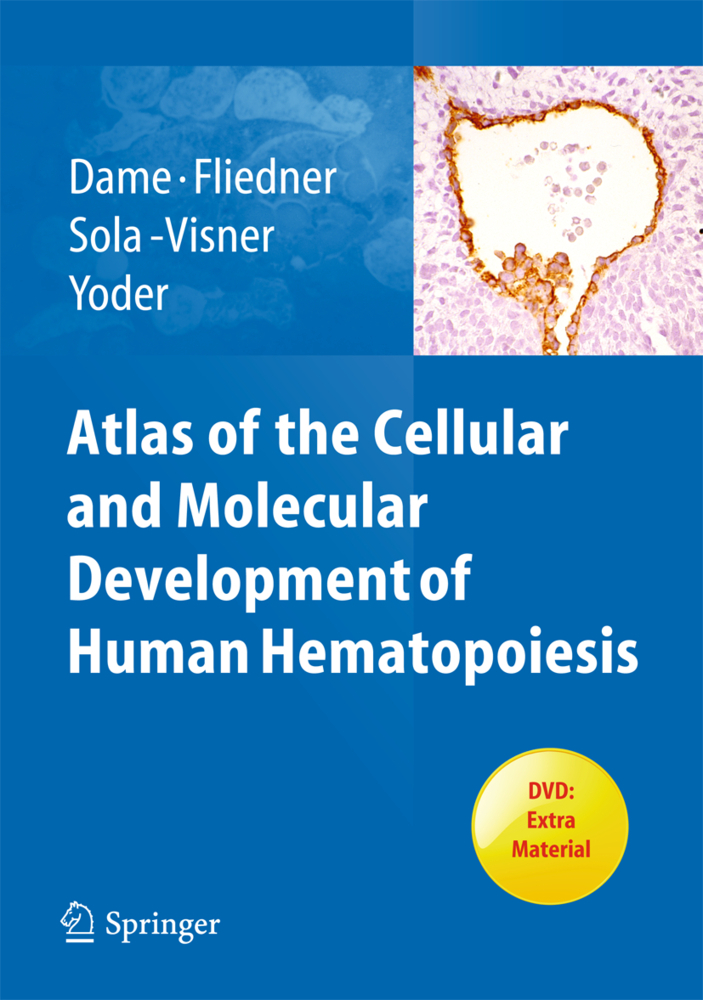Filaggrin
Basic Science, Epidemiology, Clinical Aspects and Management
Filaggrin
Basic Science, Epidemiology, Clinical Aspects and Management
Filaggrin gene mutations are common in Europeans and their descendants, as well as in Asians, reaching a prevalence of up to 10%. Filaggrin proteins are crucial for skin homeostasis as their metabolites maintain skin hydration, keep the skin pH low, and provide protection against solar radiation. FLG mutation carriers suffer from dry and scaly skin and have an increased transfer of allergens and chemicals across the epidermis. Moreover, they have 10% higher serum vitamin D levels, potentially affecting the propensity to develop other diseases. FLG loss-of-function mutations represent the strongest risk factor hitherto discovered for atopic dermatitis and are major predisposing factors for related asthma and hay fever. This textbook provides comprehensive and detailed coverage of the effects of FLG mutations in health and disease (cutaneous and non-cutaneous) and also discusses the basic science, epidemiology, management, and future research areas.
Function of Filaggrin and Its Metabolites
Influence On Skin Lipids
Inflammatory Driven Depletion of Filaggrin Proteins
Animal Models
In Vitro Models
EPIDEMIOLOGY: Prevalence Rates In Different Races
Gene-Environment Interactions
Heterozygous Advantage
FILAGGRIN AND SKIN DISEASE: Ichthyosis Vulgaris and Other Disorders of Cornification
Atopic Dermatitis
Allergic Contact Dermatitis
Irritant Contact Dermatitis
Hand Eczema
Psoriasis
Disorders In The Seborrheic Areas
Infections
Cancer and Tumors
Autoimmune and Connective Tissue Disorders
Pigmentation Disorders
Sweat Gland Disorders
Nails and Hair
FILAGGRIN AND NON-CUTANEOUS DISEASE: Asthma
Rhinitis
Food Allergy
Diabetes
Cardiac Disease
Inflammatory Bowel Disease
Ophthalmic Disease
Rheumatoid Arthritis
Cancer
Vitamin D
MANAGEMENT.
BASIC SCIENCE: Mutations in the Filaggrin Gene
Morphology of Normal and Filaggrin Depleted EpidermisFunction of Filaggrin and Its Metabolites
Influence On Skin Lipids
Inflammatory Driven Depletion of Filaggrin Proteins
Animal Models
In Vitro Models
EPIDEMIOLOGY: Prevalence Rates In Different Races
Gene-Environment Interactions
Heterozygous Advantage
FILAGGRIN AND SKIN DISEASE: Ichthyosis Vulgaris and Other Disorders of Cornification
Atopic Dermatitis
Allergic Contact Dermatitis
Irritant Contact Dermatitis
Hand Eczema
Psoriasis
Disorders In The Seborrheic Areas
Infections
Cancer and Tumors
Autoimmune and Connective Tissue Disorders
Pigmentation Disorders
Sweat Gland Disorders
Nails and Hair
FILAGGRIN AND NON-CUTANEOUS DISEASE: Asthma
Rhinitis
Food Allergy
Diabetes
Cardiac Disease
Inflammatory Bowel Disease
Ophthalmic Disease
Rheumatoid Arthritis
Cancer
Vitamin D
MANAGEMENT.
Thyssen, Jacob P.
Maibach, Howard I.
| ISBN | 978-3-662-51117-6 |
|---|---|
| Artikelnummer | 9783662511176 |
| Medientyp | Buch |
| Copyrightjahr | 2016 |
| Verlag | Springer, Berlin |
| Umfang | XV, 373 Seiten |
| Abbildungen | XV, 373 p. 160 illus., 82 illus. in color. |
| Sprache | Englisch |








